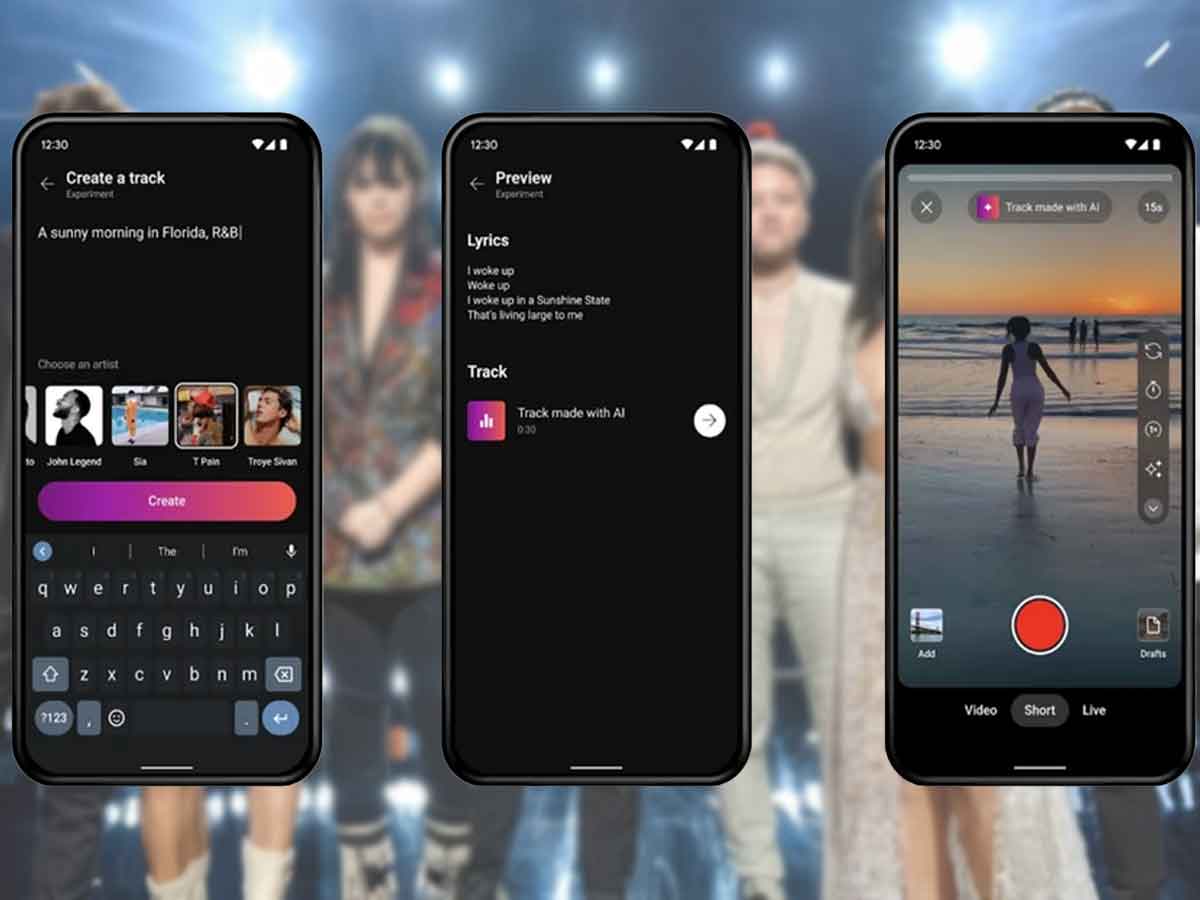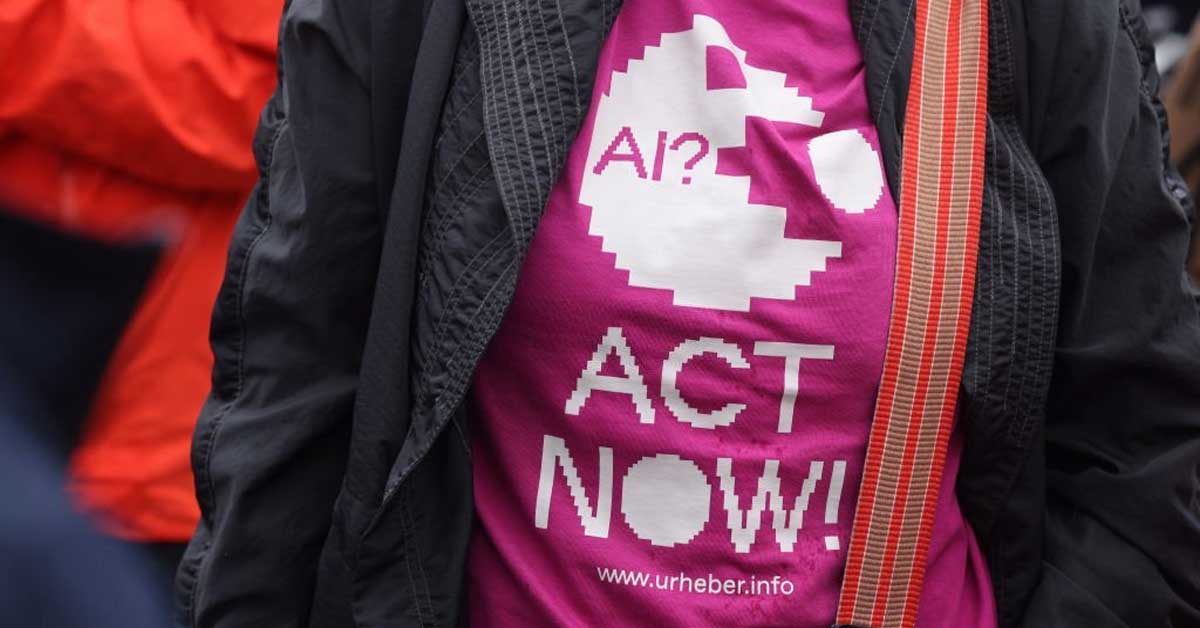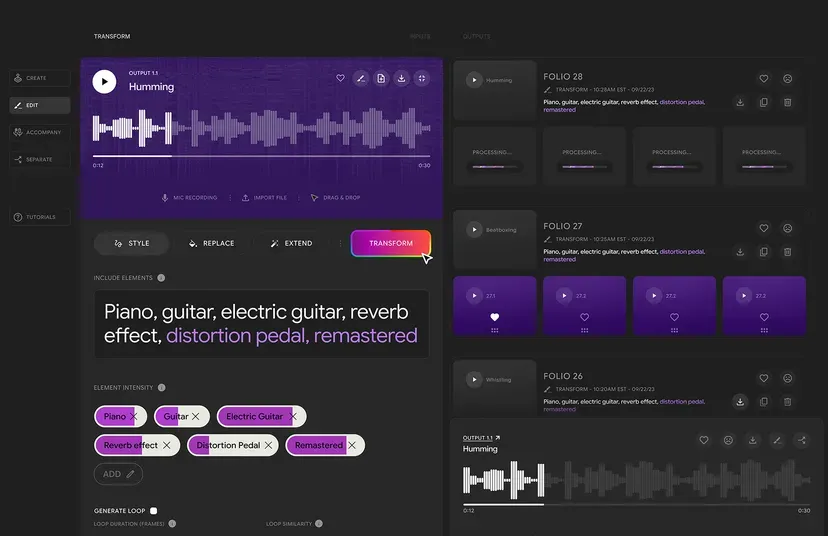Remember how we discussed AI hijacking and cloning your voice for a deepfake? In a previous article, we even discussed the legitimate and legal ways to clone your voice. YouTube, in collaboration with Google's DeepMind, has introduced the Dream Track feature within YouTube Shorts.
How do you use Dream Track on YouTube? YouTube Shorts users can now input—a creative idea—accompanied by selecting a participating artist from a stellar lineup of nine collaborating artists And make awe-inspiring original song snippets, up to 30 seconds in length, featuring the mesmerizing AI-generated voice of the chosen artist and A recently Wired report about the Youtube Dream Track and highlights its user-friendly nature.
Dream Track enables users to generate original songs, while Music AI offers advanced generative capabilities, from remixing to genre conversion.
The Yotutbe Dream Track experiment is a collaborative effort with renowned artists such as Alec Benjamin, Charlie Puth, Charli XCX, Demi Lovato, John Legend, Papoose, Sia, T-Pain, and Troye Sivan.
At the core of Dream Track is Lyria, Google DeepMind's most advanced music-generation model. Lyria acts as the maestro, orchestrating a symphony of AI-generated melodies tailored to the user's input and artist selection.
YouTube executives Lyor Cohen and Toni Reid highlight AI's revolutionary impact on music.
"At this initial phase, the experiment is designed to help explore how the technology could be used to create deeper connections between artists and creators, and ultimately, their fans,"

Experience the magic with snippets from Dream Track, featuring the melodic phrases of Charlie Puth and the rhythmic composition for T-Pain. The artists themselves, including Demi Lovato, Charlie Puth, and T-Pain, express excitement about this experiment.
While AI-generated music opens doors to innovation, it raises copyright concerns. Universal Music Group has filed copyright infringement claims, highlighting the delicate balance between progress and protection for artists and their work.

Robert Kyncl, CEO of Warner Music Group, recognizes the challenges and opportunities AI poses for the music industry.
YouTube has introduced new policies requiring creators to disclose AI-generated content. The platform aims to protect artists by allowing the removal of content that mimics an identifiable individual or replicates an artist's voice without permission.
YouTube strategically positions itself to compete with TikTok's music-centric platform.
The main question is: who owns the copyright and ownership of these AI-produced songs? The advent of generative AI prompts concerns about copyright, ownership, and fair compensation.
YouTube responds by watermarking AI-generated music and sharing ad revenue with artists, a step towards acknowledging and valuing human creativity. As you read this article, big tech giants are almost perfecting these copyright technologies. Examples of such technologies include Google's SynthID and Meta's Stable Signature.
Nine artists collaborate with YouTube to provide their musical styles for Dream Track. Yet, challenges persist in accurately crediting artists and determining fair royalty payouts, highlighting the evolving nature of this musical landscape.

As AI generation becomes mainstream, YouTube employs AI content detectors to ensure responsible innovation. YouTube's recognition of AI as a tool to amplify human creativity, not replace it, underscores its dedication to ethical AI practices.
YouTube is addressing evolving norms and copyright regulations regarding AI-generated music while safeguarding its partnerships with major music labels. This challenge became prominent when an AI-generated track resembling "Drake" gained viral attention. Consequently, YouTube partnered with Universal Music to establish guidelines for AI-generated music on its platform collaboratively.
Google's ongoing experiments, including features like Dream Screen, showcase a commitment to pushing AI boundaries. Continually exploring generative AI in music sets the stage for a future where creativity and technology harmonize seamlessly.

Apart from Dream Track, YouTube has showcased additional Music AI Tools that enable users to construct music tracks without traditional instruments. In a video demonstration, YouTube illustrates the tool's capabilities, such as crafting a saxophone track by merging a hummed melody with the text prompt "saxophone solo." The demonstration also includes transforming beatboxing into a drum loop, converting singing into an orchestral score, and using chords from a MIDI keyboard to create a vocal choir.
You may wonder how to get the YouTube Dream Track feature. While Dream Track is currently in a beta phase, available to a small group of select users, YouTube envisions expanding its AI music toolkit.













